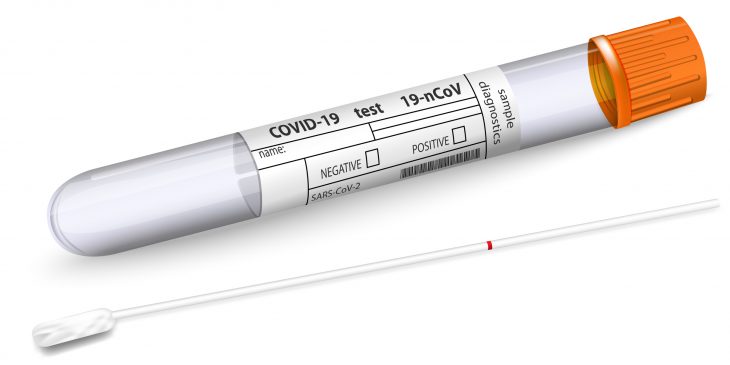The U.S. Food and Drug Administration recently announced an emergency use authorization for a new, rapid at-home COVID-19 test. This is a big step toward having more testing available for patients who need it, but experts warn it shouldn’t replace other precautions to protect yourself from COVID-19.

Dr. Elise Martin
“Anything we can do to get more testing to symptomatic people the better,” said Dr. Elise Martin, associate medical director of infection prevention and hospital epidemiology at UPMC Presbyterian. “If effective, at-home tests could allow people to get information they need to see if they have COVID-19 without having to go out into the public.”
While symptomatic patients can benefit from quick and easy access to COVID-19 tests, it’s important to remember the limitations. Tests can determine only if SARS-CoV-2, the virus that causes COVID-19, is present in your body at the time the sample was taken.
“If you test someone too early and get a negative result, they could become sick and test positive later,” Martin explained. “If you had a potential exposure to COVID-19, you need to quarantine regardless of a negative test.”
With Thanksgiving coming up, many people are thinking about getting tested for COVID-19 before seeing friends and family. However, a negative result does not mean it’s safe to attend gatherings.
“A negative test doesn’t mean you can go to Thanksgiving with people outside your household,” Martin explained. “It doesn’t tell you if you have been exposed or will develop symptoms before or after Thanksgiving. You could still expose your friends and family without knowing it.”
In addition, a negative test does not mean you can stop following public health guidance like masking and handwashing.
“We need to keep ourselves safe before there is a vaccine available,” Martin said. “This is the time to keep washing hands frequently, wearing masks and social distancing.”








